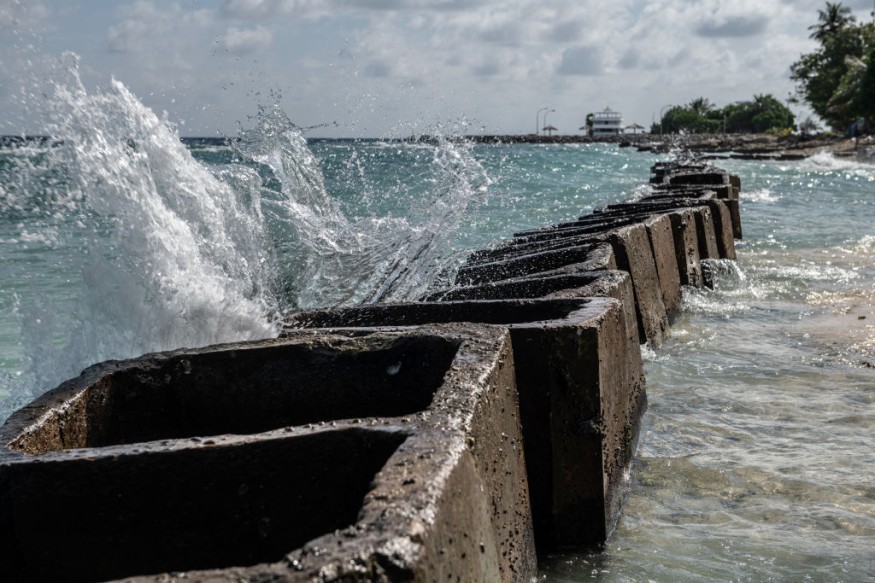
The rising city in the Maldives has come into reality after floating architecture was founded in 2003 to counter the biggest problem then - space.
At the time when climate change had not yet taken its toll and was not considered too big, an architecture firm called Waterstudio dedicated itself to building afloat, when cities were expanding and lands for urban development had run out.
However, with climate change at work, floating architecture was considered "practical" and an "economically smart solution" for rising sea levels, according to Patrick Verkooijen, CEO of Global Center on Adaptation (GCA).
As an archipelago of 1,190 low-lying islands, and one of the world's most vulnerable nations to climate change, a floating city designed to house 20,000 people began to "take shape" in the Maldives, CNN reported.
A Practical Solution to a Harsh Reality
"But if a city floats, it could rise with the sea."
More than half a million people in the Maldives believes the floating city is a "new hope".
"It can prove that there is affordable housing, large communities, and normal towns on the water that are also safe," said Koen Olthuis, founder of Waterstudio, the architecture firm that designed the city. "They (Maldivians) will go from climate refugees to climate innovators."
The project which is a joint venture between property developer Dutch Docklands and the Government of the Maldive was designed in a pattern similar to brain coral, consisting of 5,000 floating units including houses, restaurants, shops and schools, with canals running in between. The whole city is due to be completed by 2027, but residents could start moving as early as 2024.
According to UNDP Climate Change Adaptation, 80 percent of Maldives' land area is less than one meter above sea level. With levels projected to rise up to a meter by the end of the century, the entire country could more likely be submerged.
"The cost of not adapting to these flood risks is extraordinary," Verkooijen told CNN. "We have a choice to make: we either delay and pay, or we plan and prosper. Floating offices and floating buildings are part of this planning against the climate of the future."
Also read : Mosquito Population Expected to Substantially Increase as Temperatures are Starting to Rise, Experts Say
The Maldives Project Amidst Climate Change
According to Swiss Re Institute, last year's flooding cost the global economy more than $82 billion, and is expected to rise as climate change triggers extreme weather. In fact, it was predicted that urban property worth more than $700 billion may be impacted annually by coastal and riverine flooding by 2030, which is why Verkooijen said the floating architecture has a long way to go.
"That's the next step in this journey: how can we scale up, and at the same time, how can we speed up? There's an urgency for scale and speed," he said.
Waterstudio's city offers room that is hard to come by in the hugely overcrowded capital of Maldives. The prices are competitive with those in the Hulhumalé (a manmade island built nearby to ease overcrowding), starting at $150,000 for a studio or $250,000 for a family home, said Olthuis.
Related article : Bangladesh Faces Record-Breaking 'Worst Flooding in 100 Years'
© 2025 NatureWorldNews.com All rights reserved. Do not reproduce without permission.





